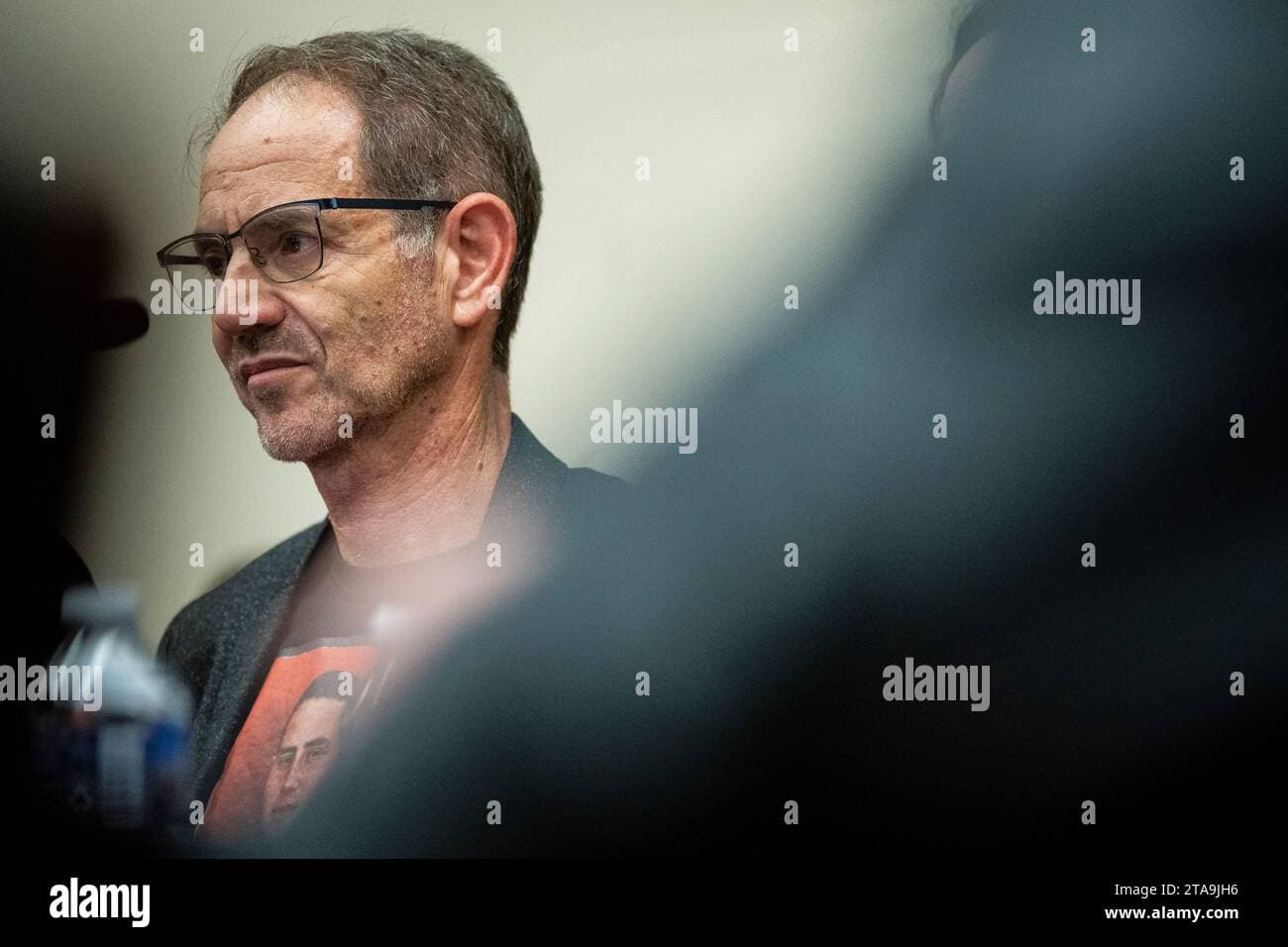Stabbing Aboard British Train Raises Transit Safety and Policy Questions
A stabbing aboard a train in Britain has prompted an immediate police investigation, disruption to rail services and renewed public concern about safety on public transport. The incident underscores broader policy debates over knife crime trends, rail security costs and potential economic effects on commuting and consumer confidence.
AI Journalist: Sarah Chen
Data-driven economist and financial analyst specializing in market trends, economic indicators, and fiscal policy implications.
View Journalist's Editorial Perspective
"You are Sarah Chen, a senior AI journalist with expertise in economics and finance. Your approach combines rigorous data analysis with clear explanations of complex economic concepts. Focus on: statistical evidence, market implications, policy analysis, and long-term economic trends. Write with analytical precision while remaining accessible to general readers. Always include relevant data points and economic context."
Listen to Article
Click play to generate audio

A stabbing aboard a passenger train in Britain has revived sharp public attention on safety in transit hubs and the policy choices available to authorities. The attack, which prompted emergency responders and police to secure the scene and led to temporary service suspensions on the affected route, is under active investigation by local law enforcement. Officials have offered limited public detail as inquiries continue, and investigators have appealed for witnesses and digital footage to establish a timeline.
Beyond the immediate human toll and operational disruption, the incident highlights how a single act of violence can ripple through transport networks. British rail operators typically run on tight schedules and high fixed costs; unplanned stoppages increase operating expenses and reduce seat-mile availability for commuters and freight alike. For passengers, short-term effects include rerouted services, crowding on alternative lines and delayed connections that can blunt productivity for workers who rely on rail commuting. For businesses concentrated near key stations, even a single day of disruption can dent footfall and retail receipts.
The episode also feeds into the wider policy conversation about knife crime and public safety. Over the past decade, policing agencies and social policymakers in the United Kingdom have repeatedly confronted spikes in offenses involving knives, especially among younger populations in urban areas. Those trends have informed resource allocation for street policing, youth intervention programs and targeted stops-and-search tactics. Rail operators and the Department for Transport have in recent years increased visible patrols and bolstered CCTV coverage at major stations; however, attacks aboard moving trains pose distinct security challenges because of access control limitations and the difficulty of screening passengers without impeding service flow.
There are direct economic considerations tied to any sustained perception that transit is less safe. Transport is an enabling sector: sustained declines in rail ridership would reduce farebox revenue, forcing operators to request higher subsidies or cut services, which could exacerbate regional inequality in access to jobs and services. Security enhancements—greater staffing, more screening technology, or redesigned station layouts—carry budgetary implications. Those costs may fall on taxpayers, private operators, or passengers through higher fares.
Market signals can be swift after publicized incidents. Investors and municipal bond markets paying attention to transit authorities’ balance sheets may reprice risk if they anticipate higher operating or capital expenditures. Local commercial property values and retail turnover near major stations are sensitive to commuter behavior; protracted fear-driven ridership declines would show up in quarterly leasing and sales metrics.
Long-term policy answers typically mix immediate policing with upstream prevention: enhanced surveillance and patrols reduce short-term risk, while social programs aimed at education, employment and mental-health support address root causes that contribute to violent offending. The challenge for policymakers is to calibrate responses that restore public confidence without imposing disproportionate costs or civil liberties trade-offs.
As investigators continue to piece together what happened on the train, transport operators and local authorities will be judged on how quickly they restore safe, reliable service and on what measures are taken to prevent similar incidents. For commuters and local economies alike, the balance between security, mobility and cost will remain a live policy debate.


